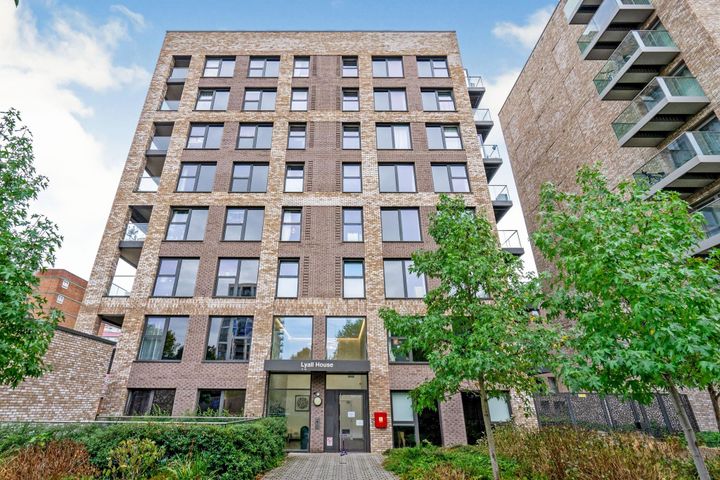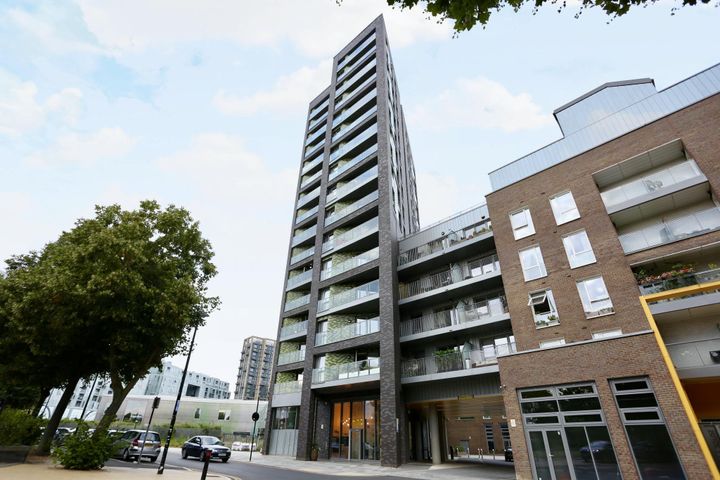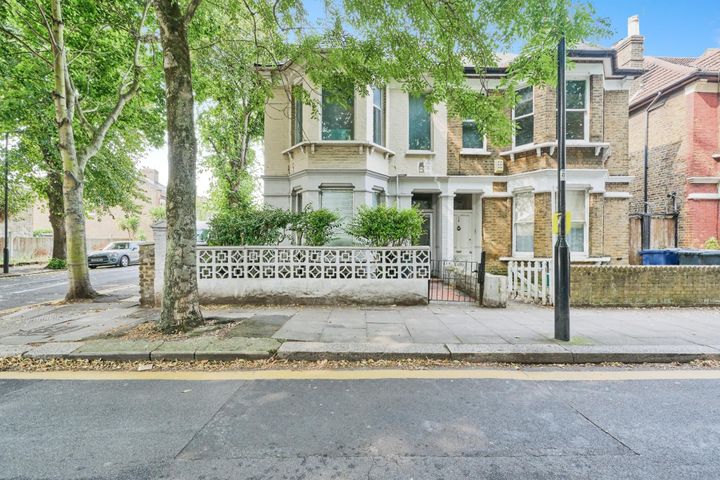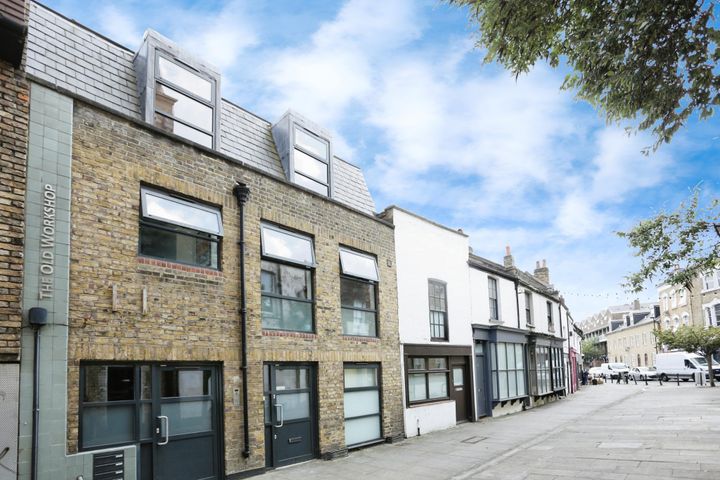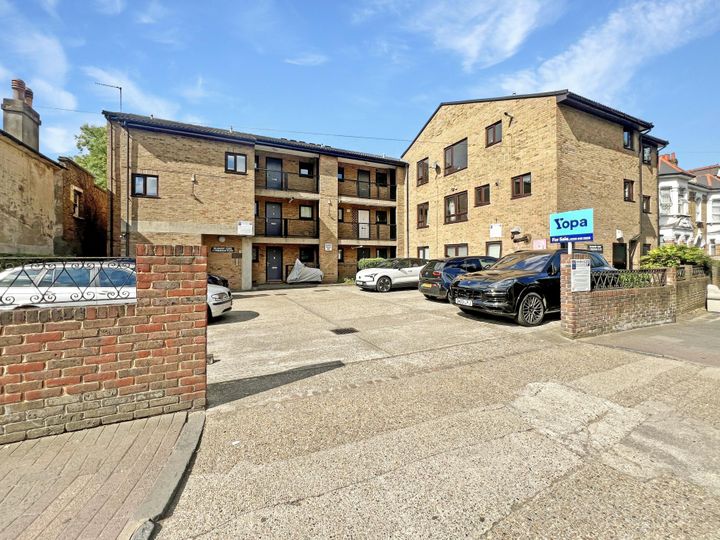Real estate prices in England are influenced by a multitude of factors, including location, economic conditions, and government policies. One of the most significant determinants is proximity to urban centers, with properties in cities like London commanding significantly higher prices compared to those in rural areas. For instance, neighborhoods such as Kensington and Chelsea are among the priciest due to their desirable amenities and excellent transport links. Economic factors, including interest rates, can also play a crucial role; lower interest rates generally lead to increased borrowing and subsequently drive up demand for housing, pushing prices higher. Additionally, government policies like stamp duty changes or Help to Buy schemes can directly impact the housing market. Local developments, such as new transport links or schools, further affect desirability and competition for properties, influencing prices regionally. Lastly, trends in population growth and demographic changes contribute to fluctuations in housing demand, particularly in urban areas experiencing an influx of residents.
England
Location
Price Range
Any price
Price Range
Minimum
No min
Maximum
No max
Property type
Show all
Property type
Show all
House
Apartment
Building
Other
Bedrooms
Any beds
Bedrooms
Minimum
No min
Maximum
No max
Surface Range
Any surface
Surface Range
Minimum
No min
Maximum
No max
Sale type
For sale
Sale type
Show all
To rent
For sale
Location
Apartments and houses for sale in England
171 results
Recent
England insights
| Aspect | Summary |
|---|---|
| Population | 56 million |
| Average Property Price | £286,000 |
| Rental Yield | 4.5% |
| Average Rent | £1,200 per month |
| Occupancy Rate | 90% |
| Capital Growth Rate | 3% per year |
| Property Tax | 1% of property value annually |
| Transaction Costs | 2-4% of property value |
| Expected ROI | 7-8% annually |
| Economic Growth Impact | Influences demand and property values positively |
England FAQ
What factors influence real estate prices in England?
How have real estate prices changed in recent years in England?
In recent years, real estate prices in England have experienced significant fluctuations, largely influenced by economic factors such as interest rates, the COVID-19 pandemic, and changing buyer preferences. For instance, the average house price in England rose by approximately 10% in 2021, partly fueled by the temporary stamp duty holiday aimed at stimulating the housing market. Areas such as London saw a more modest increase, with prices rising by around 6% as some buyers sought larger homes in suburban regions or other counties, driven by remote working trends. In contrast, cities like Manchester and Birmingham experienced sharper price hikes, often exceeding 15%, due to a burgeoning demand for urban living and a growing tech industry. By mid-2022, inflation and rising mortgage rates began to temper these increases, leading to a more cautious market as potential buyers faced higher borrowing costs.
What are the average house prices in different regions of England?
Average house prices in England vary significantly by region. As of October 2023, the South East continues to boast some of the highest average prices, with areas like Surrey and Brighton often exceeding £400,000, while London leads the pack with averages around £600,000, with prime areas like Kensington and Chelsea often much higher. The East of England, including cities like Cambridge, has seen prices rise to around £350,000. Conversely, the North East remains one of the more affordable regions, with average house prices around £160,000, notably in towns like Sunderland and Middlesbrough. The Midlands shows a mix, with cities such as Birmingham reflecting averages near £230,000, while rural areas can be lower. The West Midlands and Yorkshire and the Humber also feature prominent price variations, with averages ranging from £200,000 to £250,000 depending on urban versus suburban locations.
How does the economy affect real estate prices in England?
The economy significantly influences real estate prices in England, primarily through factors like interest rates, employment rates, and overall economic growth. For instance, when the Bank of England lowers interest rates, mortgage borrowing becomes cheaper, stimulating demand for housing and driving up prices. In cities like London, where the job market is robust, high employment rates contribute to increased competition for properties, further elevating prices. Conversely, during economic downturns, such as the 2008 financial crisis, property values can plummet due to reduced buyer confidence and increased unemployment. Additionally, government policies, such as stamp duty changes and housing initiatives, directly impact market dynamics; for example, the Help to Buy scheme introduced in 2013 aimed to assist first-time buyers and has been linked to rising property values in affected areas. Local economic conditions also play a crucial role; regions with growing industries, like tech in Cambridge, often see surges in real estate prices compared to areas with stagnant economies.
What role do interest rates play in real estate prices in England?
Interest rates significantly influence real estate prices in England by affecting the cost of borrowing and, consequently, the purchasing power of buyers. When the Bank of England adjusts interest rates, it directly impacts mortgage rates; lower interest rates typically result in cheaper borrowing costs, making it more affordable for prospective homeowners to take out larger mortgages. For example, when the Bank of England reduced interest rates to historic lows in response to economic challenges, many buyers were able to enter the property market, which in turn pushed up demand and, subsequently, house prices in cities like London and Manchester. Conversely, if rates were to increase, as seen in previous tightening cycles, buyers might become more cautious due to higher repayment costs, potentially leading to a drop in demand and stabilizing or even reducing property prices. Additionally, changes in interest rates can indirectly affect investor behavior; for instance, lower rates might encourage more investment in buy-to-let properties, putting upward pressure on rental prices and, by extension, the value of residential property.
How can I find historical real estate price data for England?
To find historical real estate price data for England, you can start by exploring various online databases and government resources. The UK Land Registry provides detailed records of property transactions, which can be accessed through their official website. They publish monthly reports detailing average prices by region and property type. Additionally, the Office for National Statistics (ONS) offers data on housing prices as part of its economic statistics, which can be useful for understanding broader market trends. Websites like Zoopla and Rightmove also have historical price mapping tools that allow users to view property price changes over time in specific areas. Local property surveys, estate agent reports, and real estate market analysis from firms like Savills or Knight Frank can also provide insights into historical trends and fluctuations in specific markets, such as London or the North West of England.
What is the impact of government policies on real estate prices in England?
Government policies significantly influence real estate prices in England through various channels, including taxation, regulation, and development incentives. For instance, the Help to Buy scheme, implemented to assist first-time buyers, has propelled demand in certain markets, thereby driving prices up, especially in regions like London and the South East. Conversely, policies aimed at cooling the market, such as the introduction of a higher stamp duty for additional properties, have impacted investors' willingness to purchase buy-to-let properties, leading to price corrections in those segments. Additionally, planning regulations and the Green Belt policy restrict development land availability, creating a supply-demand imbalance that often results in rising prices in urban areas. Furthermore, the impact of the recent changes in capital gains tax considerations has altered investment strategies—potentially affecting the entire housing supply chain. The overall landscape is complex, with each policy acting as a cog in the larger wheel affecting real estate prices across England.





